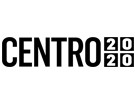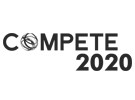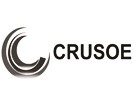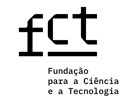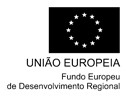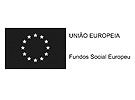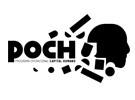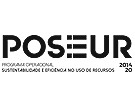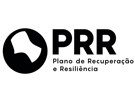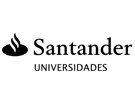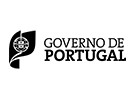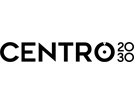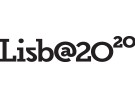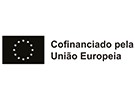



Publication in the Diário da República: Despacho nº 7835/2019 de 05/09/2019
6 ECTS; 2º Ano, 1º Semestre, 45,0 PL + 15,0 TP , Cód. 608013.
Lecturer
- Catarina Margarida Duarte Belo Calado Brito (1)(2)
(1) Docente Responsável
(2) Docente que lecciona
Prerequisites
Not applicable
Objectives
The student must:
- know the diversity of microorganisms, their morphological and physiological characteristics.
- Identify the differences between bacteria, fungi, viruses and other microorganisms relevant for microbiological analysis.
- Develop practical skills in microbiological techniques
- Master cultivation, isolation and identification techniques of microorganisms in different samples.
- Perform staining methods (such as Gram stain) and biochemical tests (catalase, oxidase, etc.) for microbial identification.
- Apply microbiological control methods, such as sterilization and disinfection.
- Know how to perform microbiological analyzes in different matrices: food, water, air and surfaces.
- Interpret microbiological analysis results in accordance with quality and safety standards.
- Strictly follow biosafety protocols when handling microbiological samples.
- Critically analyze the results of microbiological analyzes, interpreting quantitative and qualitative data.
- Make evidence-based decisions for microbiological control in different contexts, such as food production, medicines and environmental control.
- Know advanced microbiological analysis methods
Program
1.Introduction and review of fundamental microbiology concepts.
2.Principles of microscopic observation of bacteria and fungi.
3.Preparation and sterilization of culture media for laboratory practice.
4.Detection of coliform bacteria and E. coli in water samples.
5.Enumeration of total aerobic microorganisms.
6.Isolation and purification of microbial cultures.
7.Microorganism characterization:
7.1Biochemical methods.
7.2Staining techniques.
8.Bacterial susceptibility testing using the disk diffusion method.
9.Direct counting of filamentous fungal spores (Neubauer chamber).
10.Evaluation of disinfectant efficacy on bacterial viability.
11.Interpretation and discussion of experimental results.
12.Principles and procedures for microbial culture maintenance.
Evaluation Methodology
A Continuous Practical Assessment A grade will be assigned for each practical class (TP), considering the students attitude and demonstrated knowledge during the practical activities (0 to 20 points). A minimum grade of 9.5 points is required in this component. Any TP sessions not completed will receive a grade of zero in the calculation of the final grade (CF).
B Submission of Final Report and Discussion (0 to 20 points). A minimum grade of 9.5 points is required in this component.
C Practical Test (0 to 20 points).
CF Final Grade (in all evaluation periods) will be calculated as follows:
CF = 0,4*A + 0,4*B + 0,2*C
Students pass with a final grade equal to or higher than 9.5 points.
Bibliography
- Ferreira, W. e Sousa, J. e Lima, N. (2010). Microbiologia. (Vol. 1). Lisboa: Lidel- Edições Técnicas, Lda
- Madigan, M. e Martinko, J. e Bender, K. e Buckley, D. (2004). Microbiologia de Brock. (Vol. 1). América: Prentice-Hall
- Sinogas, C. e Alho, L. e Brito, I. (0). Microbiologia - Microbiologia Geral - Princípios de Microbiologia. Acedido em 12 de outubro de 2022 em http://home.dbio.uevora.pt/~ibrito/micro/MICRO/MANUAL.pdf
- Tortora, G. (2016). Microbiologia. S. Paulo: Artmed Editora
Teaching Method
Practical laboratory classes, introducing theoretical concepts and analytical techniques to be used. Students' autonomy in complying with and respecting hygiene and safety rules in chemistry and microbiology laboratories is encouraged.
Software used in class
Not applicable

